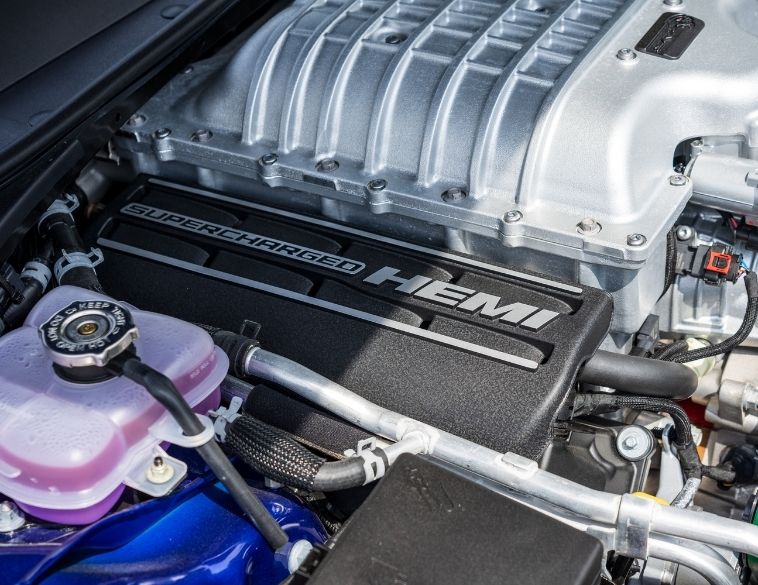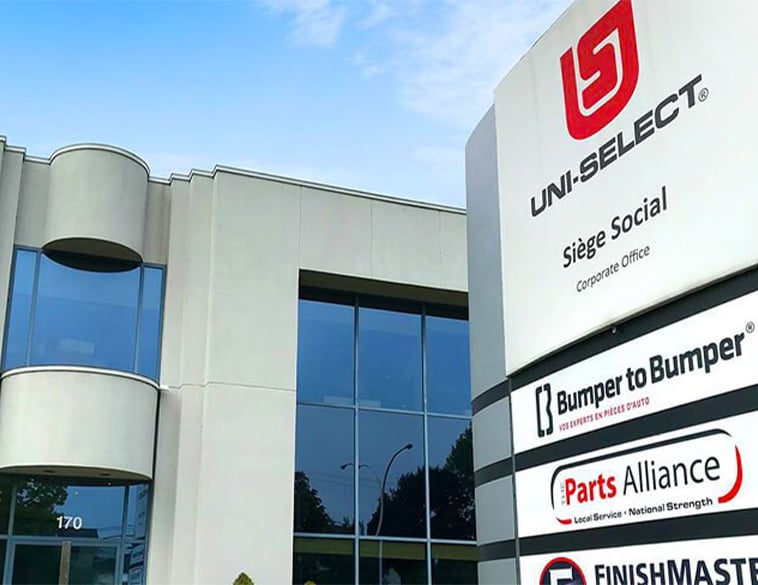Data points to some favourable tailwinds for the independent service repair and parts sector.
In March 2020, when the COVID-19 pandemic hit North America, the automotive industry, like many others was turned on its ear.
For the aftermarket sector, the last 15 months have brought with them some very interesting challenges, but also opportunities. Deemed an essential industry, aftermarket repair shops were able to stay open, though had to change operating practices to keep both customers and staff safe.
Additionally, aftermarket parts manufacturers and suppliers faced supply chain disruptions, adding time and cost to their businesses.
Resilience
Yet despite an unprecedented disruption; the aftermarket has proven incredibly resilient during the pandemic.
To help gain insight into where things go from here, at this year’s virtual ACPN Knowledge Exchange Conference hosted by the Auto Care Association and IHS Markit, a session entitled Trends in the Post Pandemic Vehicle Fleet and what it means for the Aftermarket, focused on some of the trends emerging and how it will impact the industry and also content management moving forward.
Hosted by Todd Campau, Associate Director, Aftermarket Solutions, Automotive, IHS Markit, the session revealed some very interesting trends.
While one of the biggest stories of 2020 was the rapid decline in public transit usage and a corresponding swell in private vehicle purchasing, remote work saw a drastic number in miles driven.
Yet while many individuals and organizations saw a decline in vehicle usage, some, such as Uber and Door Dash, saw massive increases in vehicle usage facilitated by big demand for home delivery services. Both companies saw, respectively, 166% and 219% year over year for Q1 in 2021 versus the same period in 2020.
“The strong growth in delivering food groceries and other items has certainly created opportunities for individuals to continue to use their private vehicles,” said Campau.
He added that this, along with the growth in personal vehicle ownership witnessed in 2020, as well as more families choosing to consider a road trip for their next vacation, creates tailwinds and a healthy opportunity for the aftermarket.
Ageing fleet
Additionally, with many motorists holding onto their existing vehicles longer and supply constraints on new vehicles as a result of supply chain disruptions including the ongoing global semiconductor shortage, the aftermarket is well-positioned to take advantage of an ageing vehicle fleet.
This is expected to see miles travelled grow significantly through the remainder of 2021 and into 2022. Campau says that data from IHS Markit points to around 2.7 million miles travelled during 2021.
Also, in terms of the overall vehicle fleet, scrappage rates and the introduction of new vehicles are expected to continue resulting in a growth in overall vehicles with particular increases in those vehicles from 4-11 years old, characterized as the “sweet spot” for the automotive aftermarket.
According to Consumer Reports, a 10-year-old vehicle in the U.S., costs, on average, 129% more to maintain than a similar five-year-old vehicle, so not only are the numbers of older vehicles in circulation increasing, so is the average cost per repair.
Also, with light trucks continuing to prove more popular than passenger cars and being on average, 12% more expensive to fix, more trucks in the service bays is also likely to prove lucrative for savvy aftermarket service providers and supply chain businesses that support them.
EV demand
Despite the huge media and political attention focused on EVs, when it comes to actual market demand, Campau presented some interesting findings.
Firstly, that EVs tend to spend far longer in the custody of their original owners than comparable internal combustion engine vehicles, which means more of them tend to remain dealer serviced.
Secondly, when these owners do eventually trade for another vehicle, 63% choose another EV, versus 92% of internal combustion engine owners choosing a direct replacement for their existing gasoline-fueled vehicle.
Campau also noted that currently, fewer EVs tend to stay on the road over the longer term, which means for aftermarket service providers, “we’re not seeing a lot of opportunities to work on these vehicles, because they’re just not getting past that fertile first owner yet.”
He noted that while these factors aren’t insurmountable to EV adoption, there needs to be a closer alignment between EVs and gasoline vehicles for the former to really start making inroads in terms of the overall vehicle fleet makeup.
So, for the foreseeable future at least, it appears that within the aftermarket, the bulk of vehicles needing to be maintained will continue to be traditional, internal combustion engine cars and light trucks.
That being said, as vehicle technology continues to evolve and cars become “smarter”, the ability to perform diagnostics and calibrations on aspects such as ADAS will become increasingly important for aftermarket service providers, as will the need to communicate with both vehicles and their owners.



